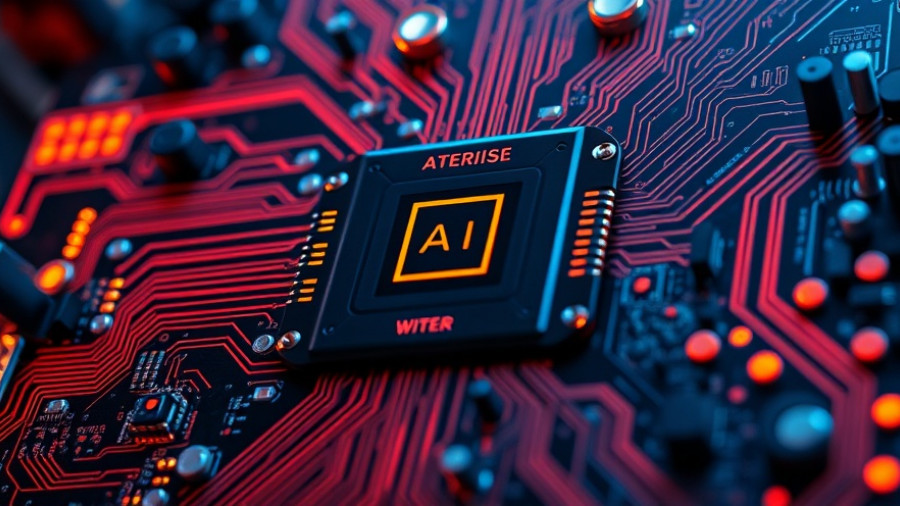
Understanding the Future of Work in an AI Era
The recent discussion surrounding the implications of artificial intelligence (AI) on the job market has garnered immense attention, particularly following a weaker-than-expected jobs report. As seen in industries from logistics to healthcare, AI is accelerating changes to workforce dynamics that raise questions about job security and occupational relevance. With major companies such as Salesforce, Oracle, and Microsoft announcing layoffs, it's clear that the integration of AI is reshaping employment landscapes worldwide.
In The Real Impact of AI on the Job Market, the discussion dives into AI's transforming role in the workforce, which raised compelling points about our rapidly evolving employment landscape.
AI's Dual Impact: Job Losses and Opportunities
According to a World Economic Forum survey, around 41% of companies foresee workforce reductions due to AI advancements over the next five years. Specific sectors, such as e-commerce and fulfillment, are expected to experience significant job cuts as automation and robotics capabilities advance. With over 2.5 million jobs in the fulfillment sector in the U.S., these statistics may seem alarming.
On the other hand, AI is also creating new opportunities, particularly in cybersecurity and healthcare. With an alarming shortage of approximately 500,000 trained cybersecurity professionals, the demand for skilled labor is on the rise. Additionally, as AI continues to enhance healthcare capabilities—improving diagnostics and therapeutics—it can help meet the needs of an aging population. With our average lifespan expected to increase again, workforce demand in elder care and health sciences is poised for growth.
The New Wave of AI Integration
As we transition to a second wave of AI, the focus is shifting from initial excitement to practical application across various sectors including healthcare, transportation, and energy. The evolution of AI must extend beyond simple productivity gains to deeply integrate into our economy and improve core business functions. This offers a clear opportunity for individuals to upskill, particularly in niches that marry AI with essential fields like cybersecurity and healthcare, guiding us toward a more adaptive workforce.
Call to Action: Embrace the Change
With the rapid advancement of AI and its implications for the job market, it is vital for individuals to adapt by acquiring skills relevant to these emerging sectors. As the landscape evolves, staying informed and prepared to reskill can make a significant difference in career longevity and relevance. Engage with public resources or online courses focusing on AI applications in industries such as health sciences and cybersecurity to position yourself for the future.
Understanding the real impact of AI on job sectors, as discussed by Jack Hidary in The Real Impact of AI on the Job Market, unveils crucial insights into not just job losses but emerging opportunities that come with technological advancement. The future is here, and readiness is the key to thriving in this evolving landscape.



Write A Comment